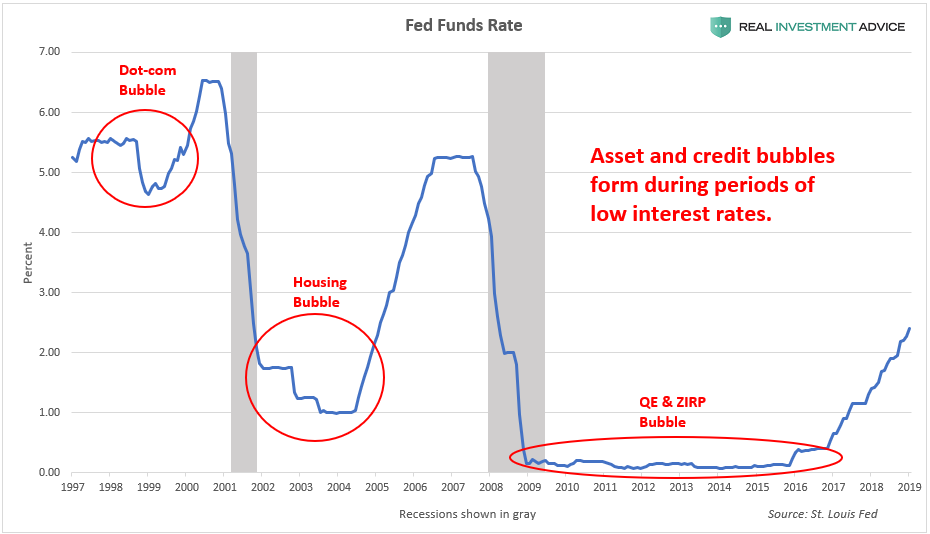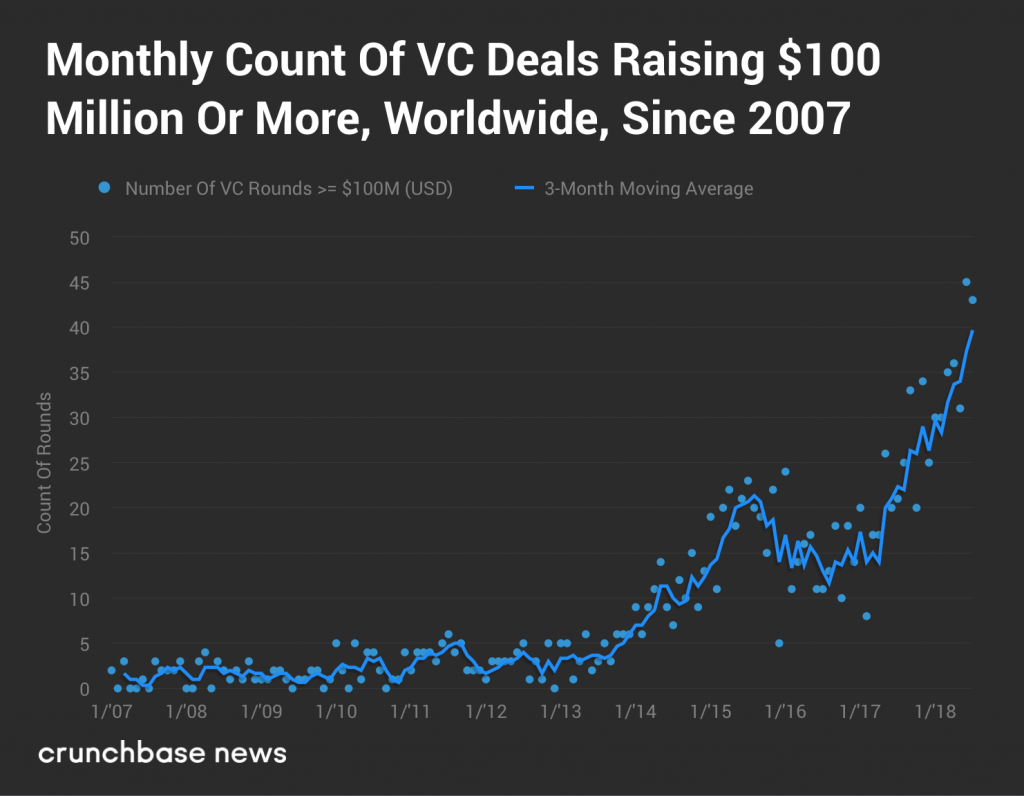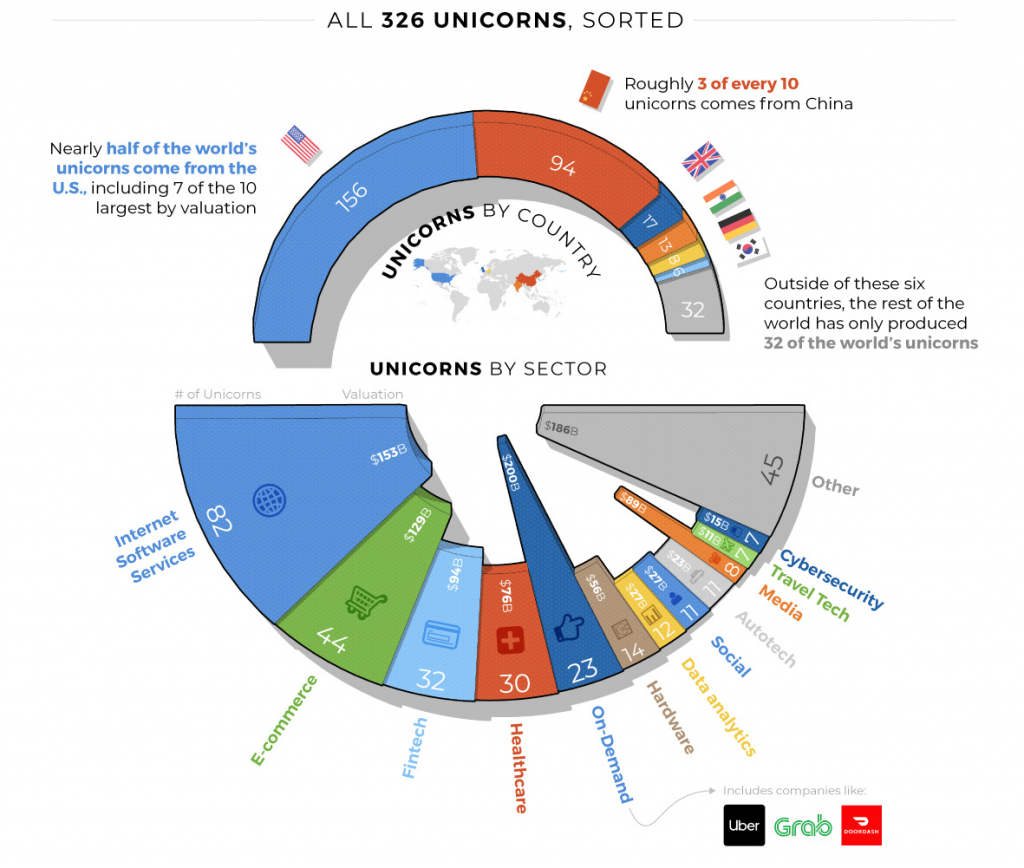For the last several years, there has been a tremendous amount of activity and hype in the tech startup arena. In addition to the tens of thousands of startups that been founded in recent years, there are over three-hundred new “unicorn” startups that have valuations of $1 billion or more. Most of these unicorns came of out virtually nowhere and amassed tremendous valuations despite hemorrhaging cash, which is a tell-tale sign of a bubble. The recent announcement of a new Silicon Valley stock exchange for “hot startups, particularly those that are money-losing” is an indication of the amount of hubris and hype there is in the startup arena right now –

The U.S. Securities and Exchange Commission approved the creation of the Long-Term Stock Exchange, or LTSE, a Silicon Valley-based national securities exchange promoting what it says is a unique approach to governance and voting rights, while reducing short-term pressures on public companies.
The LTSE is a bid to build a stock exchange in the country’s tech capital that appeals to hot startups, particularly those that are money-losing and want the luxury of focusing on long-term innovation even while trading in the glare of the public markets.
The stock exchange was proposed to the SEC in November by technology entrepreneur, author and startup adviser Eric Ries, who has been working on the idea for years. He raised $19 million from venture capitalists to get his project off the ground, but approval from U.S. regulators was necessary to launch the exchange.
The tech startup bubble formed as a result of the Fed and other central banks’ extremely loose monetary policies after the Great Recession. In a desperate attempt to jump-start the global economy again, central banks cut and held interest rates at virtually zero percent for much of the past decade and pumped trillions of dollars worth of liquidity into the global financial system. The chart of the Fed Funds rate below shows how bubbles form when interest rates are at low levels:

Loose global monetary policy led to an explosion of venture capital activity over the past several years:

Trillions of dollars worth of central bank-created liquidity has been sloshing around the globe looking for a home and a portion of it found its way into unicorn companies that are worth billions of dollars each:

Today’s unicorns are equivalent to dot-com companies in 1999 and will have the same fate, unfortunately. Though some of the unicorns will survive and become successful in the longer-run like Amazon and eBay, there is going to be a tremendous shakeout that is going to slash valuations and weed out the Pets.coms and Webvans. Thousands, if not tens of thousands, of tech startups are going to fold when this bubble bursts. The abysmal performance of two recent high-profile unicorn IPOs, Lyft (down nearly 50% since its IPO) and Uber, may be a sign that air is starting to come out of the unicorn bubble. It will be interesting to see if the Long-Term Stock Exchange will be able to go live before the unicorn bubble bursts.